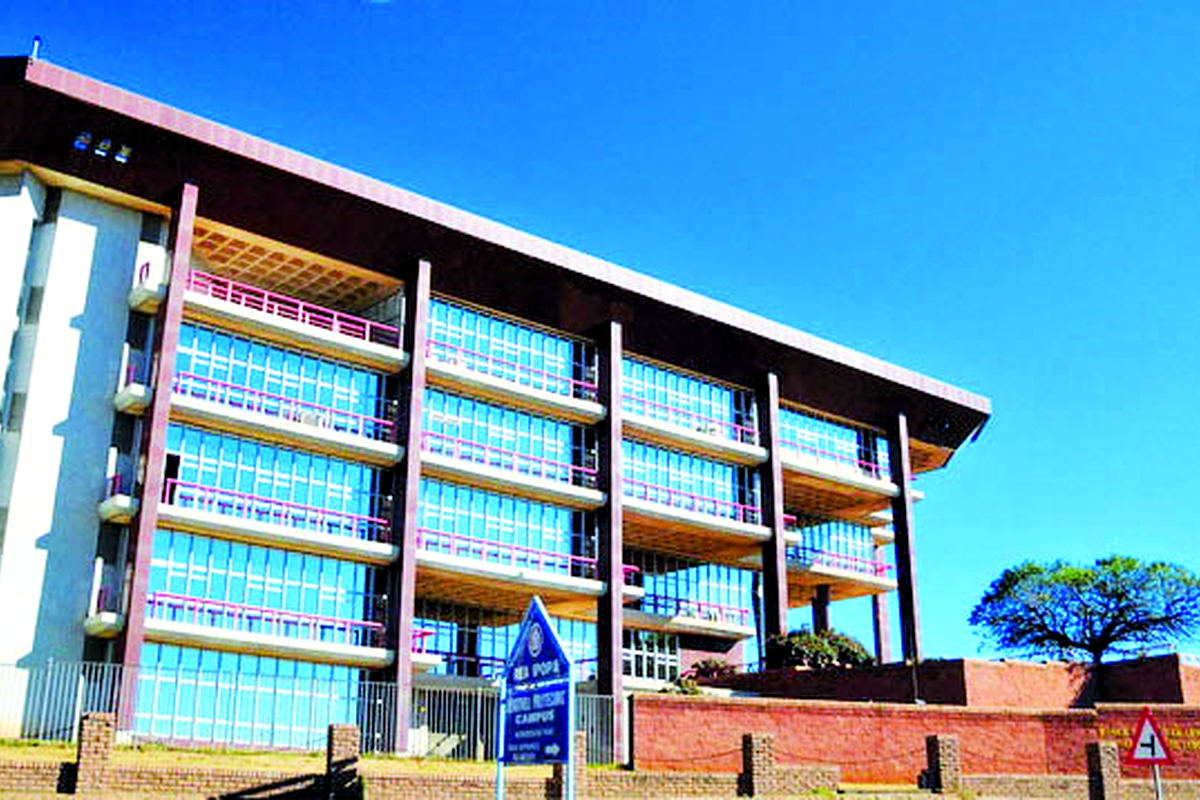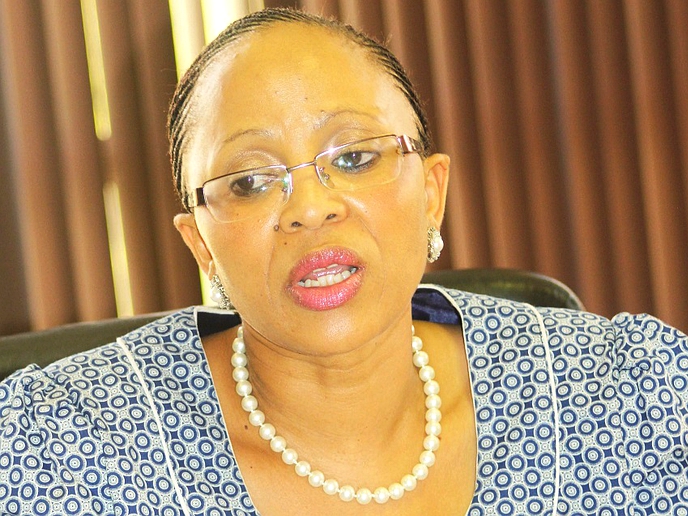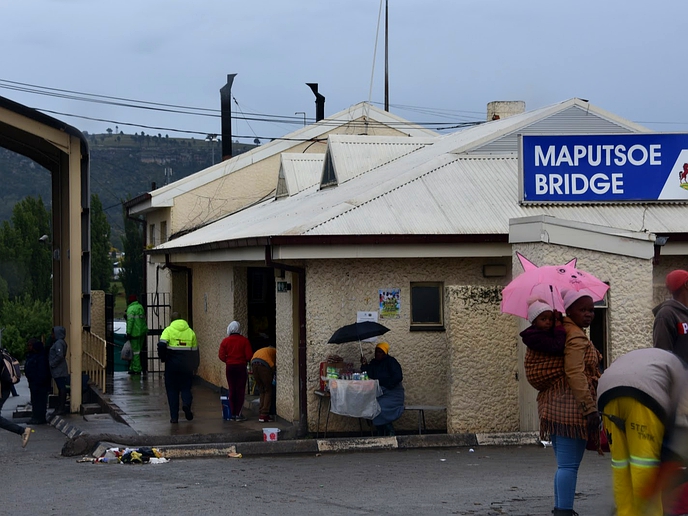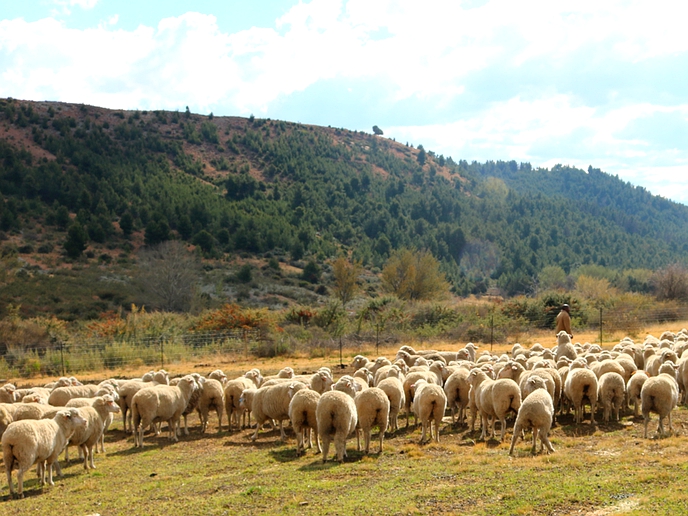MASERU - Lesotho, like the rest of the world is experiencing tough economic conditions, mainly due to the prevailing COVID-19 pandemic. Almost all sectors of the economy in the country are suffering and struggling to make ends meet. People continue to lose jobs because of massive retrenchments as companies try to cut costs in order to stay afloat.
business
Aug. 13, 2020
NEO SENOKO
4 min read
Why banks are lowering their rates...

Central Banking Of Lesotho
The local banking sector, like other sectors is also experiencing the similar complications due to the pandemic. Some of the banks have resorted to closing identified branches with clients encouraged to transact online.
The pandemic has also forced the commercial banks to resort to debt relief measures of up to three months to minimise harm on the side of the clients. In a quest to maintain growth and economic development as well as keep an eye on inflation, the Central Bank of Lesotho (CBL) has also seen a sledge cut on its repo rate from 6.25 percent in March to 3.75 in May.
The CBL’s rate has dropped again from 3.75 in May to 3.50 per annum in July. The rate, set at this level, will ensure that the domestic cost of borrowing and lending remains aligned with the cost of funds elsewhere in the regions, the CBL has said. Due to the continuous decrease in the CBL rate, commercial banks are also forced to lower their prime lending rate to keep the equation balanced.
The Prime Lending Rate is the rate of interest that commercial banks will charge their clients when issuing a loan, such as vehicle finance or a home loan. It is the default interest rate that consumers are charged when borrowing money. Local financial experts say while the changing of the rate goes in line with economic development, it may also eat into banks profitability, resulting into a negative long-term effect.
Since February, Lesotho Post Bank has been decreasing its Prime Lending Rate from 11.00 percent in February to 8.25 percent in May. Effective from July 30, the bank further decreased the lending rate from 8.25 to 8 percent. Similarly, Standard Lesotho Bank has been doing the same. In May, the bank reduced the Prime Lending Rate by 50 basis points, from 9.00 to 8.50 percent. Again in July the rate was decreased by 25 basis points, moving from 8.50 to 8.25 percent.
Enjoy our daily newsletter from today
Access exclusive newsletters, along with previews of new media releases.
“That means the interest that you pay towards your loan has also been decreased,” the bank said when announcing the decrease. According to local chartered accountant and principal consultant at RL Business Advisers, Robert Likhang (pictured), the decrease in the rate aims at bringing growth and economic development but the low rate may also affect banks profitability.
“The low rate may eat into banks profitability resulting into a negative long term effect. Low rate also has effect on inflation. With a low rate, this could lead to low inflation, signaling that demand for goods and services is lower than it should be, and this tends to slow economic growth and depress wages,” Likhang said in an interview with Metro on Monday.
The low demand, he said can even lead to a recession with increases in unemployment. “The current lowering of the rate could have a short term stimulus effect but it could be harmful to the economy and financial sector in the long term,” he added. For his part, the Lesotho Revenue Authority (LRA) Commissioner General Thabo Khasipe said lowering rates seeks to increase employment by increasing demand for investible assets. “That is, people will demand more housing loans and business loans because debt is now cheaper. Also, consumption expenditure increases as credit is cheaper to buy cars and swipe credit cards. All these, increase aggregate demand in the economy, hence GDP growth,” Khasipe said on Monday.
He said the CBL generally adopts an inflation targeting policy based on the assumption that there is a trade-off between inflation and unemployment. High inflation leads to low unemployment in economy while low inflation goes together with high unemployment, he also said. “The ultimate aim is really to achieve low unemployment. That is, full employment which means high growth, high consumption and high investment. So, in seeking high employment growth, through monetary policy, CBL keeps an eye on inflation. If it gets too high, it needs to lower it by increasing short term interest rates through lowering the Prime Lending Rates,” Khasipe added.
In an interview with this paper recently, Lesotho Post Bank explained that the lower Prime Lending Rate simply means customers will enjoy the benefits and afford credit which otherwise they could not afford. On the side of the bank it means that the return that the bank makes on loans will be lower than what it used to get. “Lower Prime Lending Rate is good news for the customers and I can safely say the bank is happy because we are here to serve customers. On the side of the bank it means the return on loans will be lower than what we are used to getting under normal circumstances,” Lesotho Post Bank head of Wholesale Banking Nare Matsoha told this paper recently.
He added that such a decision normally comes to effect during times of crises such as the current COVID-19 pandemic that has devastated the entire world economies. “The Prime Lending Rate is aligned to the CBL interest rate. So the CBL approach going forward will determine as to whether the bank lowers the Prime Lending Rate again or not. This is because the CBL is always trying to maintain price stability as well as maintain economic activity in the country,” Matsoha added.






